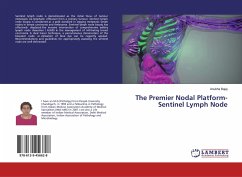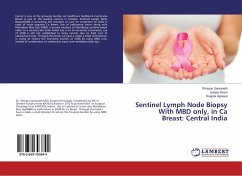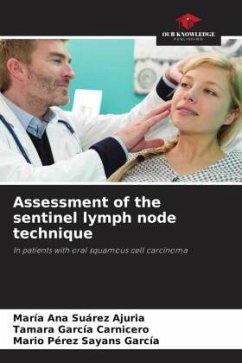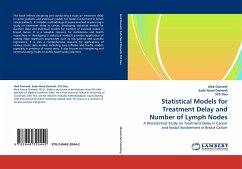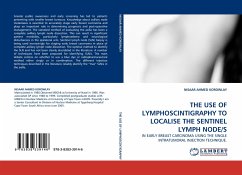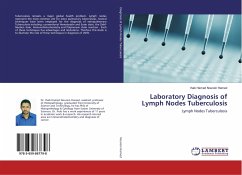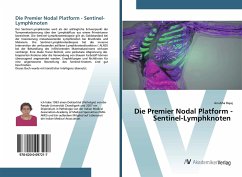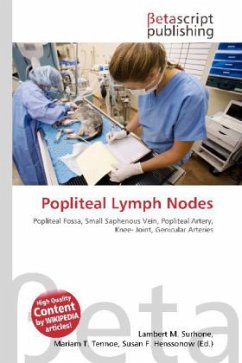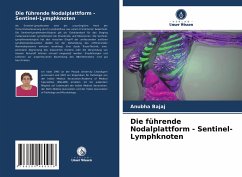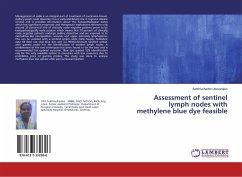
Assessment of sentinel lymph nodes with methylene blue dye feasible
Versandkostenfrei!
Versandfertig in 6-10 Tagen
24,99 €
inkl. MwSt.

PAYBACK Punkte
12 °P sammeln!
Management of axilla is an integral part of treatment of carcinoma breast. Axillary lymph node dissection has a well-established role in regional disease control and it provides information about the histopathological status which has significant prognostic and therapeutic implications.However only around 30 percent of the of clinically node negative patients prove to be histopathologically node positive which means that 70 percent of clinically node negative patients undergo axillary dissection and are exposed to its morbidities like neuropathies, seromas and upper extremity lymphedema. This ...
Management of axilla is an integral part of treatment of carcinoma breast. Axillary lymph node dissection has a well-established role in regional disease control and it provides information about the histopathological status which has significant prognostic and therapeutic implications.However only around 30 percent of the of clinically node negative patients prove to be histopathologically node positive which means that 70 percent of clinically node negative patients undergo axillary dissection and are exposed to its morbidities like neuropathies, seromas and upper extremity lymphedema. This can be avoided with a sentinel lymph node (SLN) biopsy. Published data till date use vital blue dye and /or 99mTechnetium labelled colloid with gamma probe for the identification of sentinel lymph nodes. A combination of the two techniques has been found to be the best and is recommended for optimal outcome. Blue dye guided SLN identification may be the only available option in countries with low resources due to prohibitive price of gamma probes. This study was done to analyse methylene blue dye uptake after peri-tumoural injection.



